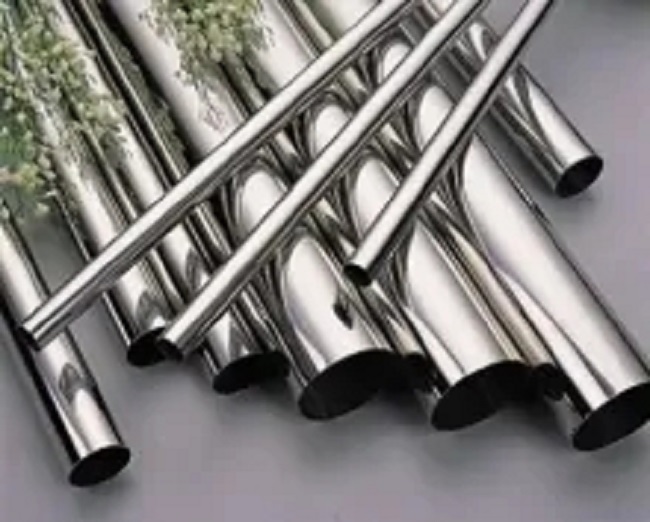
Privacy statement: Your privacy is very important to Us. Our company promises not to disclose your personal information to any external company with out your explicit permission.
Mr. Mark
What can I do for you?

During the welding process, the temperature of the intermediate layer of the welded parts must be kept low, and if necessary, forced cooling (such as water cooling, air blowing) measures can be taken to control the temperature of the intermediate layer during the welding process and the temperature after welding, and minimize the welding seam Residence time in the range of 450 to 850°C.


Privacy statement: Your privacy is very important to Us. Our company promises not to disclose your personal information to any external company with out your explicit permission.

Fill in more information so that we can get in touch with you faster
Privacy statement: Your privacy is very important to Us. Our company promises not to disclose your personal information to any external company with out your explicit permission.